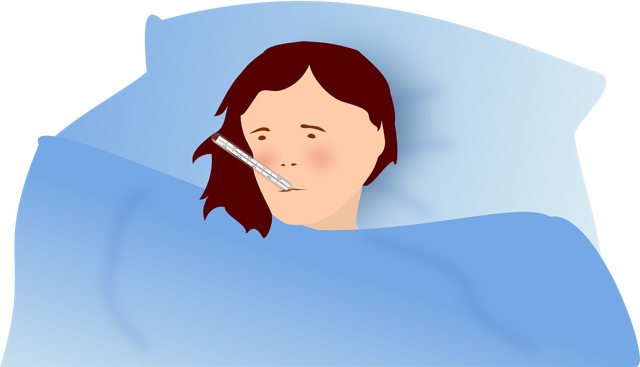Nationally, there’s been a loud call from many experts for more surveillance testing for the coronavirus – the testing of members of the general population who don’t exhibit any symptoms.
That’s not happening in this state yet – however, North Carolina health officials are managing to use some old tools in new ways to get a better idea of the extent of the spread of the coronavirus in the state.
In order to get a statewide picture of the disease officially known as COVID-19, North Carolina health officials are modifying several health system surveillance tools already in place. These rely on patients’ symptoms – like cough, fever, shortness of breath, etc. – rather than on laboratory testing.
This week, the NC Department of Health and Human Services (NCDHHS) revealed some of the techniques the state is using to track the coronavirus spread. Some are existing tools that have been used for years to track the flu.
Here are some of the ways the state is keeping tabs on the virus:
- The “Influenza-Like Illness Surveillance Network,” also known as (ILINet). State officials say this network can be very valuable in tracking the coronavirus.
“ILINet is a network of clinical sites across the country, including in North Carolina, that is coordinated by the CDC [Centers for Disease Prevention and Control],” according to information provided by the state. “ILINet sites report data each week on fever and respiratory illness in their patients. They also submit samples (swabs) from a subset of patients for laboratory testing at the North Carolina State Laboratory of Public Health.”
According to state health officials, this network will now test for COVID-19 in addition to testing for the flu.
- The North Carolina Disease Event Tracking and Epidemiologic Collection Tool, which is referred to as “NC DETECT.” State health officials routinely get data “in near real-time” from all of the state’s 126 hospitals. According to NCDHHS, “This is an effective way to track respiratory illness, including COVID-19. Specifically, we will use NC DETECT to track trends in respiratory illness across the state and over time.”
- Another tool being employed to track COVID-19 is the state’s network that has been collecting data on severe illnesses. It’s now being used to track hospitalizations related to the coronavirus. In light of the pandemic, COVID-19 has been added to the list of conditions that physicians are required to report in this state.
“These include data reported directly by hospitals (including current numbers of patients hospitalized with COVID-19) and more detailed data from a network of epidemiologists in the state’s largest healthcare systems (including total hospitalizations and intensive care unit admissions for respiratory illness).”

